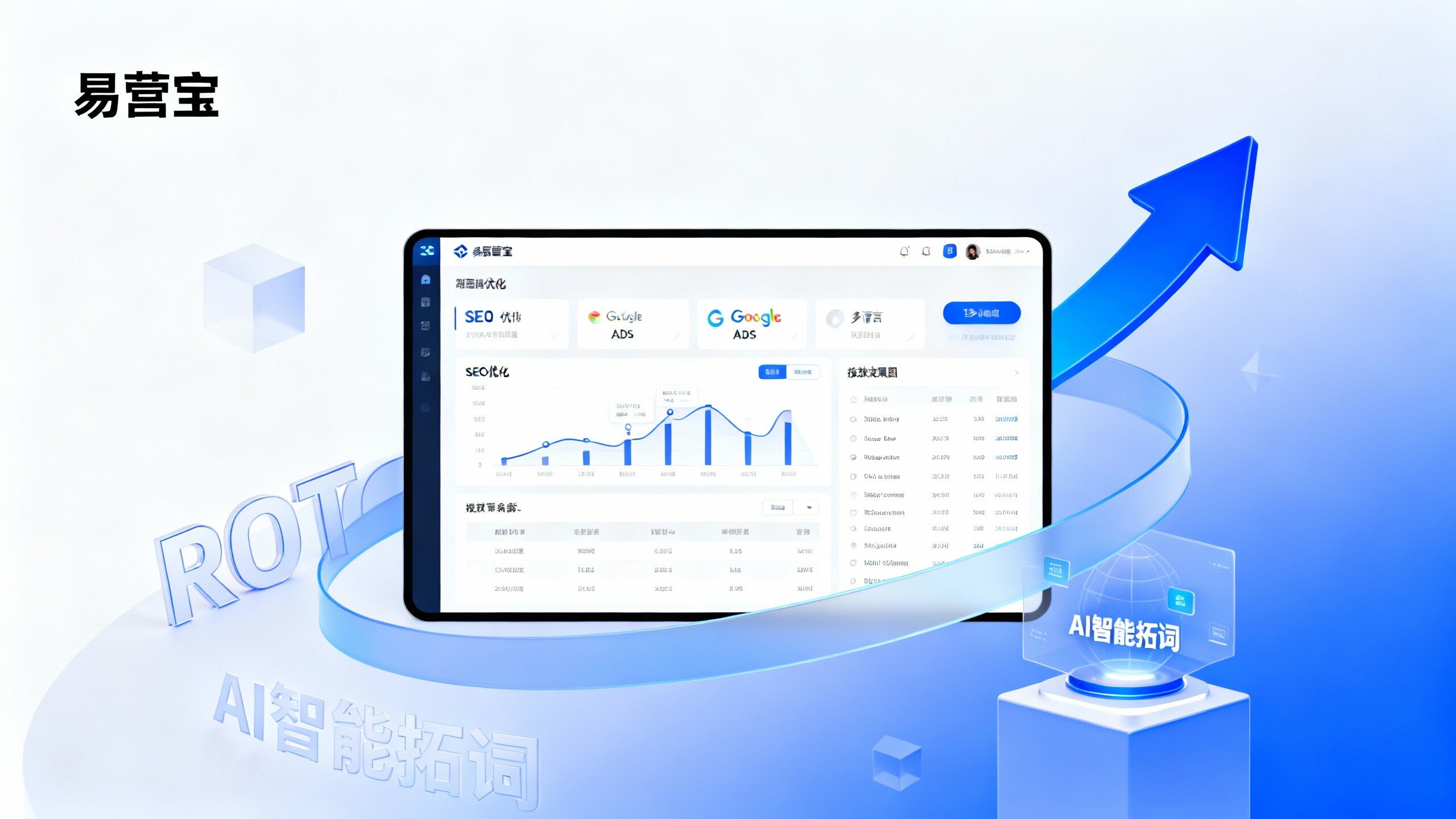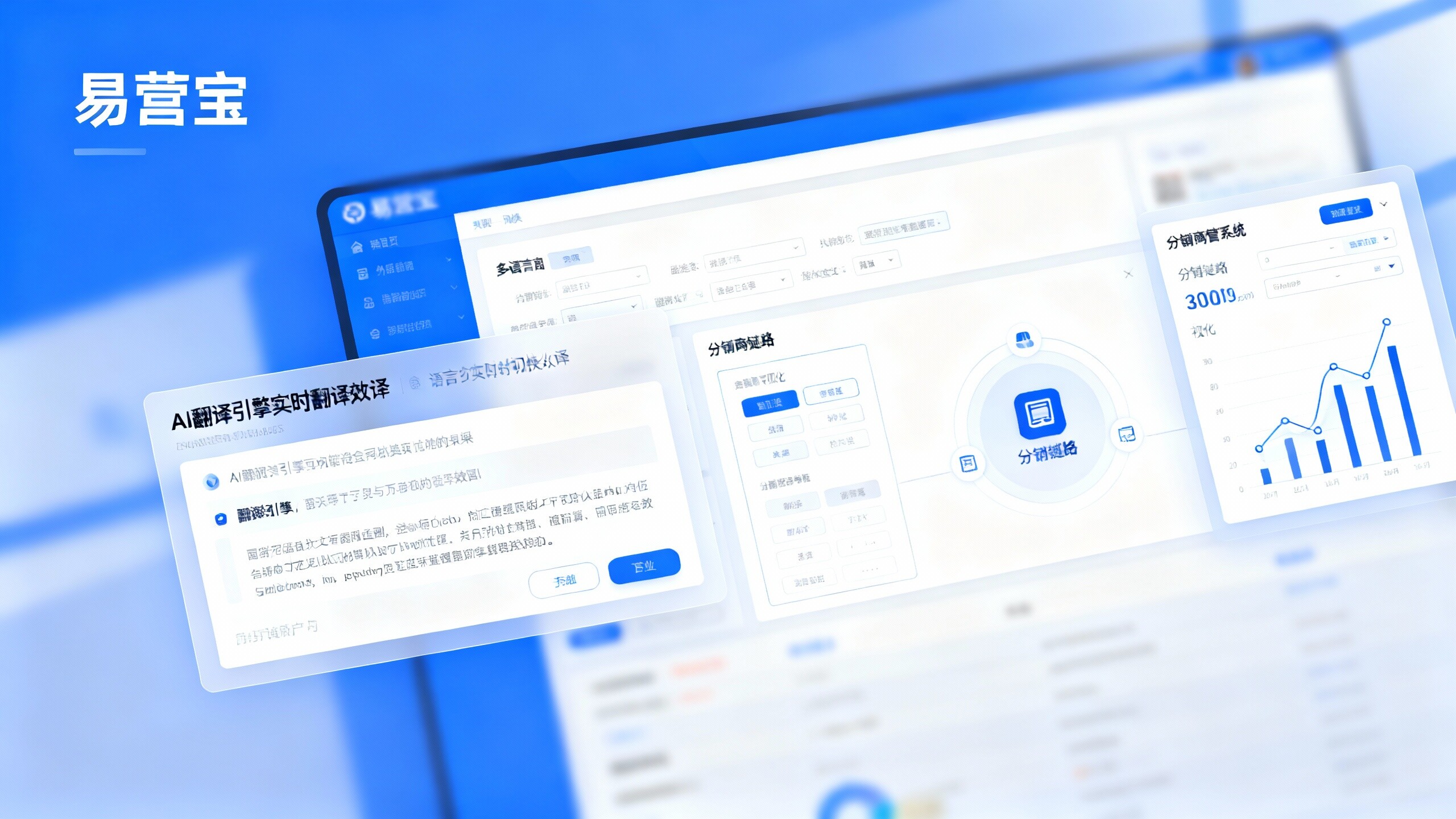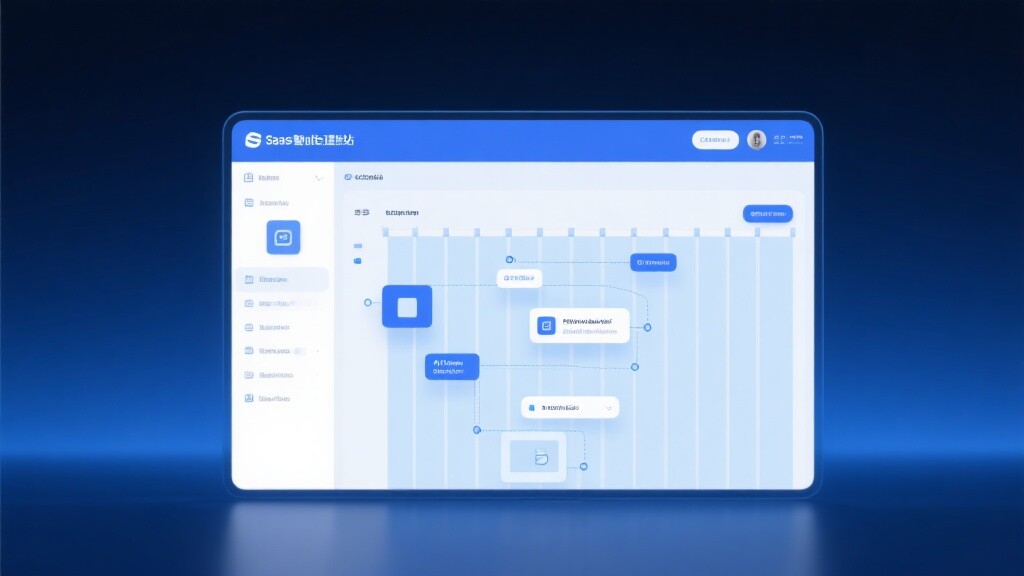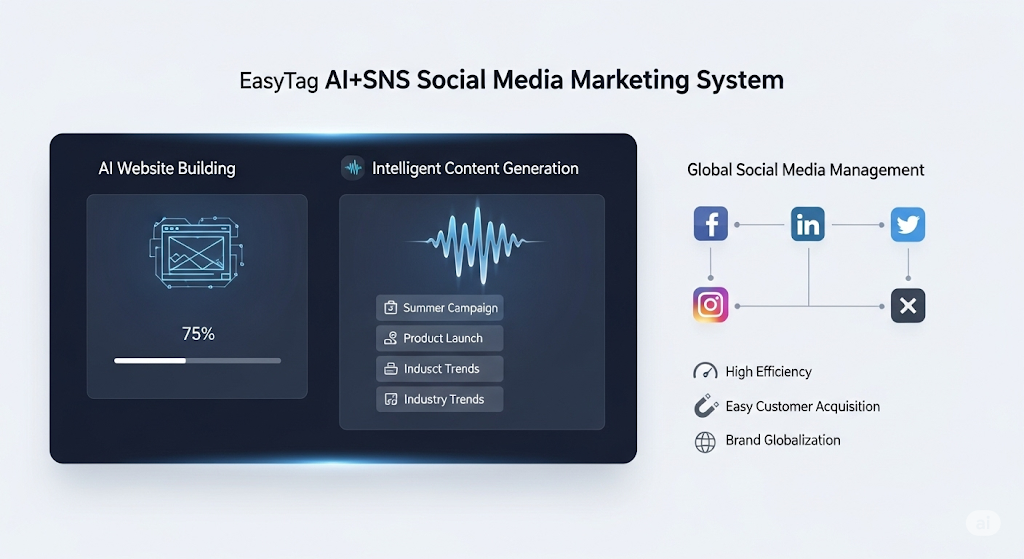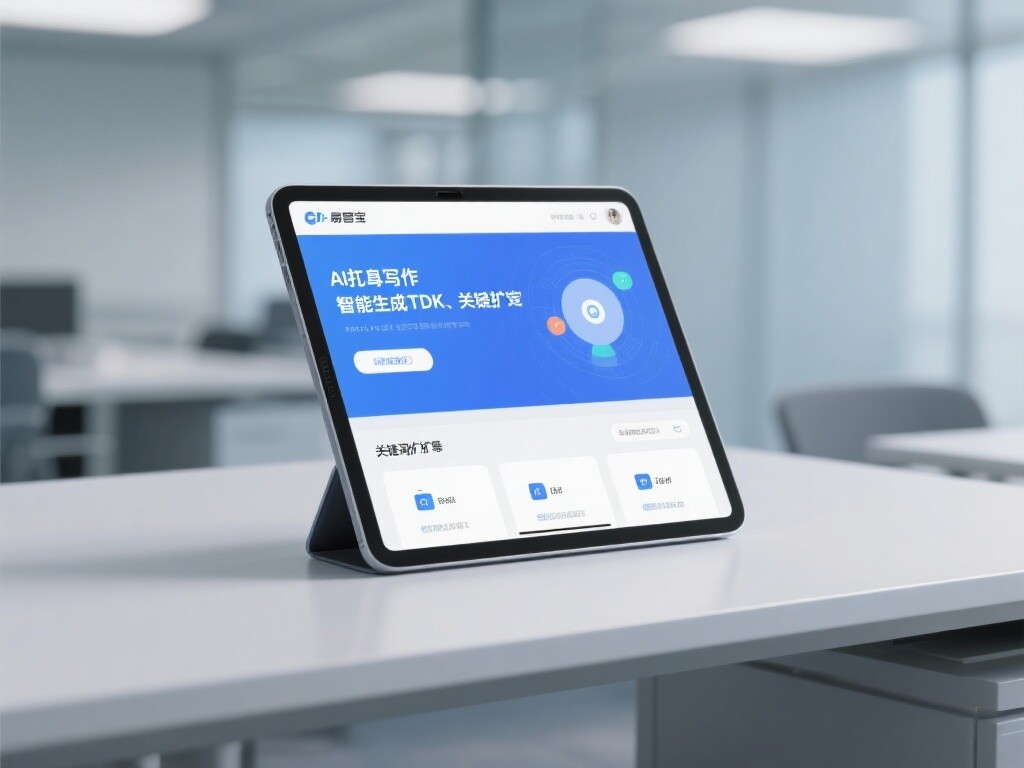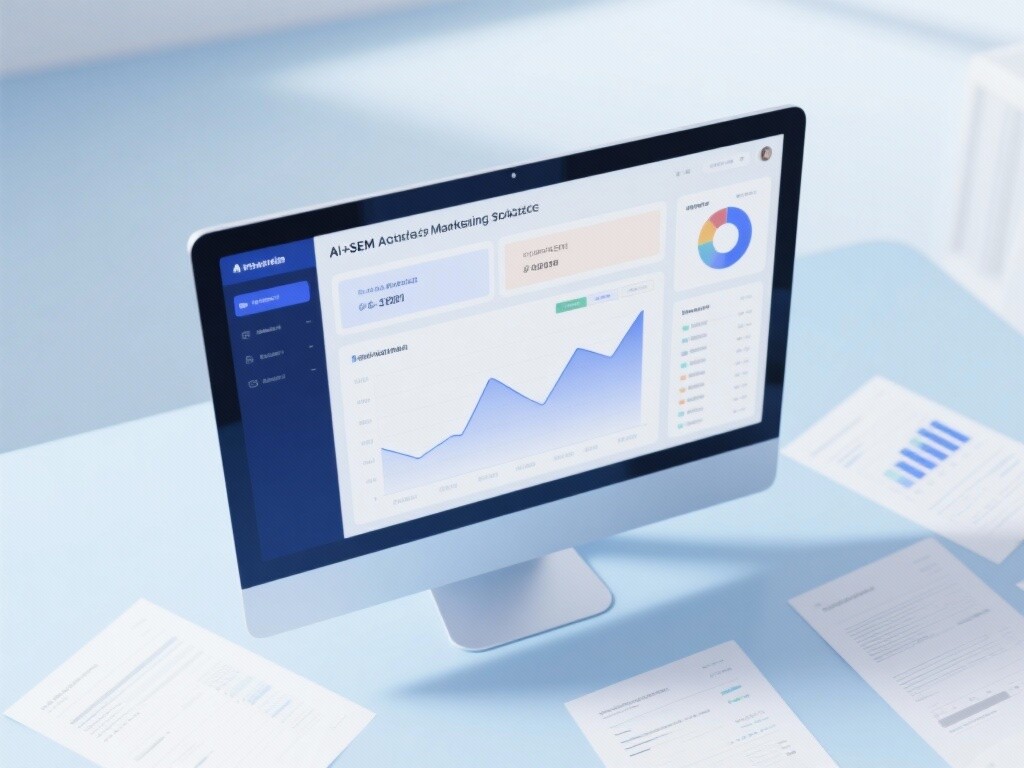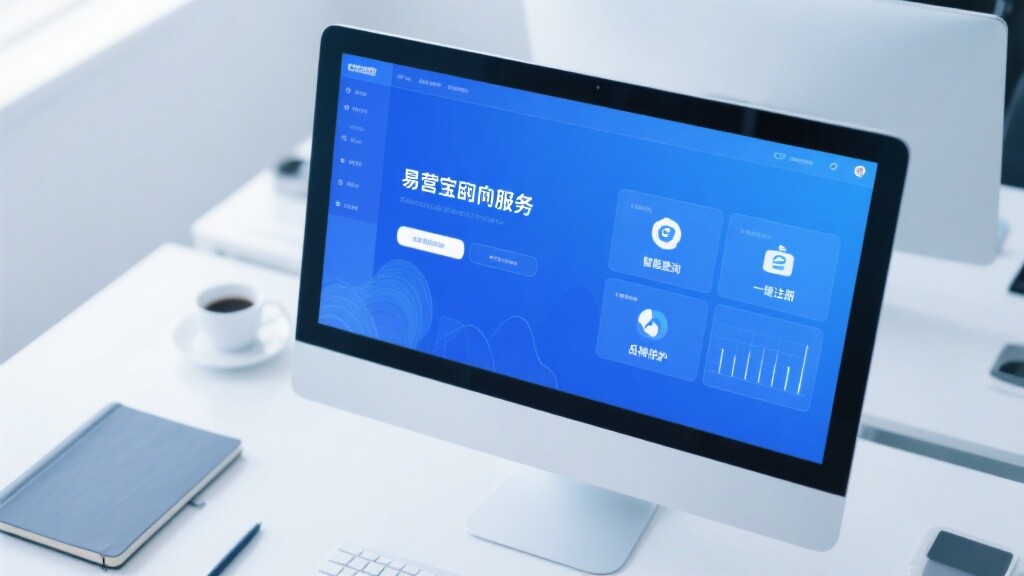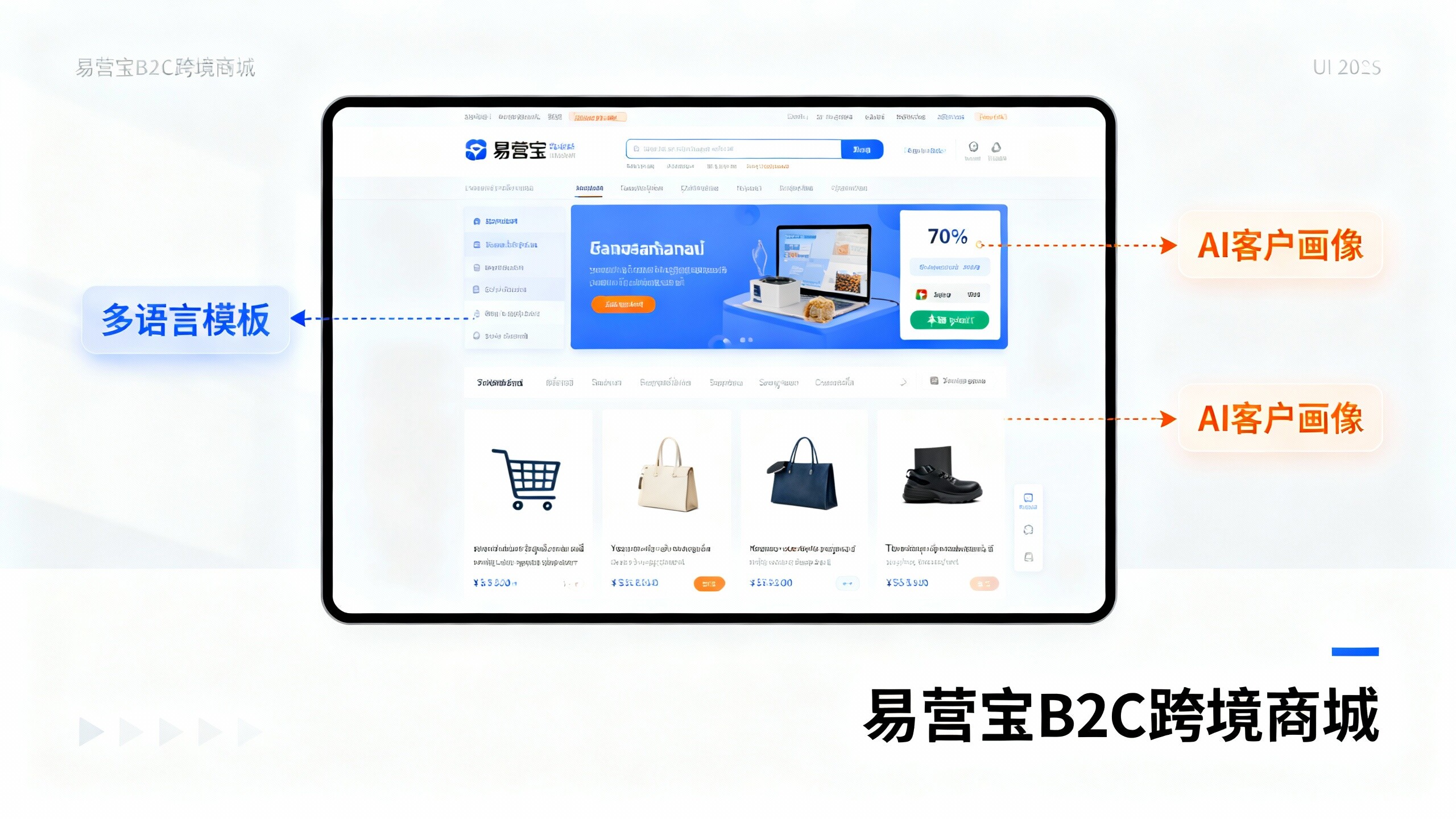- B2B Foreign Trade Advertising Comparison: Effectiveness Analysis of Google Ads vs. Facebook Ads in the Industry2025-12-26View details
- Which is more effective for international trade, a website or a platform? Case comparison: Manufacturing vs. Trading Companies2025-12-25View details
- EasyOperate User Experience: Practical Report on Channel Management for Distributors/Resellers2025-12-25View details
- EasyOperate User Experience: Practical Report on Channel Management for Distributors/Resellers2025-12-25View details
- How to Improve the Conversion Rate of Foreign Trade Websites: 10 Data-Driven Optimization Strategies2025-12-25View details
- KPI Setting and Budget Allocation Template for Operating Overseas Social Media Platforms2025-12-25View details
- Smart Website Market Report2025-12-25View details
- Five Steps to Teach You How to Improve the Conversion Rate of Foreign Trade Websites2025-12-25View details
Building a Foreign Trade Independent Website: How to Quickly Achieve Multilingual Support?
In the globalized business environment, multilingual standalone websites have become a core tool for foreign trade enterprises to break through regional limitations. This article systematically analyzes how to achieve efficient multilingual website construction and operation through the synergy of technical deployment and marketing strategies.
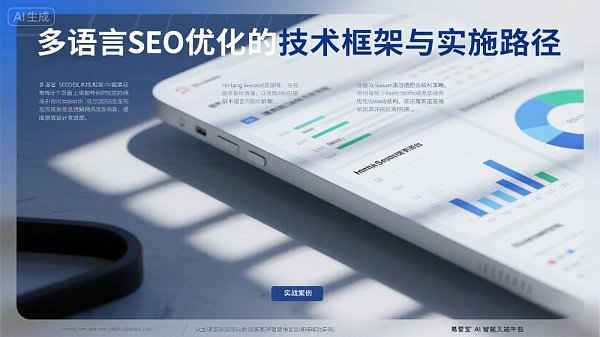
I. Core Value and Market Opportunities of Multilingual Websites
Statistics show that consumers browsing in their native language experience a conversion rate increase of up to 70%. For foreign trade enterprises, multilingual standalone websites are not only a hallmark of brand internationalization but also a powerful tool to overcome cultural barriers. By supporting high-frequency trade languages such as English, Spanish, and Arabic, enterprises can rapidly cover over 90% of global procurement groups.
Taking a machinery manufacturing client of EasyCommerce as an example, after deploying English/Russian/Spanish websites, their South American market inquiries increased by 210% within three months, demonstrating the commercial value of language localization.
II. Technical Implementation Paths and Key Decision Points
1. Multilingual Architecture Selection
2. Content Translation Technology Comparison
Current mainstream solutions include:
- AI Machine Translation: Such as EasyCommerce's integrated Neural Machine Translation (NMT) engine supporting 108 languages in real-time at 1/10 the cost of human translation
- Professional Human Translation: Ensures accuracy of business terminology, suitable for contracts and critical content
- Hybrid Model: Combines AI initial translation with human proofreading to balance efficiency and quality
III. Key Strategies for SEO and Localized Operations
Multilingual website SEO optimization requires special attention to:
hreflang Tag Deployment: Using code like <link rel="alternate" hreflang="en" /> to clearly indicate language version relationships to search engines, avoiding duplicate content penalties.
Localized TDK Optimization: Each language version requires independent design of title, description, and keywords. For example, German sites should include local high-frequency terms like "Maschinenhersteller".
EasyCommerce's Smart Website System features an AI-powered multilingual SEO module that automatically generates TDK combinations aligned with local search habits, proven to increase Spanish sites' organic traffic by 65%.
IV. Common Pitfalls and Solutions in Practice
Pitfall 1: Simple Translation Equals Localization
A furniture company directly machine-translated Chinese product descriptions into Arabic, resulting in order losses due to cultural differences. True localization should include:
- Unit conversions (e.g., inches to centimeters)
- Payment method adaptation (supporting local payment options)
- Privacy policies compliant with local regulations
Pitfall 2: Neglecting Technical Performance
Research shows websites taking over 3 seconds to load lose 53% of visitors. Multilingual sites require special attention to:
- Using CDN for regional acceleration
- Compressing multilingual resource files
- Choosing global server cluster solutions like EasyCommerce's
V. Why Choose Professional Solutions
Self-building multilingual sites face challenges like high technical barriers and operational costs. Professional providers like EasyCommerce offer:
- AI-Driven All-in-One Platform: Full-process automation from construction to translation and SEO
- Global Compliance Support: Pre-configured for GDPR, CCPA and other data regulations
- Proven Case Library: Localization solutions covering 50+ industries
Experience EasyCommerce Smart Website System now to obtain dedicated multilingual solutions, enabling your brand to achieve truly "one-country-one-strategy" global operations.
Related Articles
![2025 Foreign Trade Website Construction Cost vs. ROI Comparison: How Decision Makers Can Choose the Most Cost-Effective Solution 2025 Foreign Trade Website Construction Cost vs. ROI Comparison: How Decision Makers Can Choose the Most Cost-Effective Solution]() 2025 Foreign Trade Website Construction Cost vs. ROI Comparison: How Decision Makers Can Choose the Most Cost-Effective Solution
2025 Foreign Trade Website Construction Cost vs. ROI Comparison: How Decision Makers Can Choose the Most Cost-Effective Solution![Easypack SAAS Website vs Custom Development Comparison: Delivery Cycle, Maintenance Costs, and Reliability Assessment Easypack SAAS Website vs Custom Development Comparison: Delivery Cycle, Maintenance Costs, and Reliability Assessment]() Easypack SAAS Website vs Custom Development Comparison: Delivery Cycle, Maintenance Costs, and Reliability Assessment
Easypack SAAS Website vs Custom Development Comparison: Delivery Cycle, Maintenance Costs, and Reliability Assessment![Distributor Guide: How Foreign Trade Website Construction Supports Multilingual and Distributor Management Systems Distributor Guide: How Foreign Trade Website Construction Supports Multilingual and Distributor Management Systems]() Distributor Guide: How Foreign Trade Website Construction Supports Multilingual and Distributor Management Systems
Distributor Guide: How Foreign Trade Website Construction Supports Multilingual and Distributor Management Systems
Related Products



